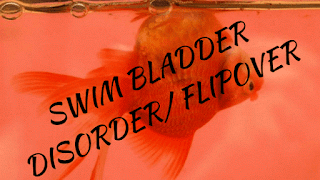Algae is a term that used to classify photosynthesis or non-photosynthesis plant-like organism. There are several types of algae with different colors, like green, brown, red, golden yellow and blue-green. But in aquarium we generally encounter with green and brown type, because these two are more common.
Up to now everthing is good, algea plant like organism and generally they produce their own food with photosynthesis. But they colonize too fast and you may face with green or brown covered aquarium. So that you need to take precaution for gain an advantage over aquarium algea.
Control Feeding
By overfeed your feed you are creating fish waste and unconsumed fish food which are big food source for algea. Algea will increase their growing rate by realisingly this food sources. So that, you must give controlled amount food according consumption rate of your fish. No do not give food that your fish consume in just one or two minutes.
Control Lighting
If you have a planted aquarium, this means you need 12 hours light in your aquarium. If not, you do not need this much light. Ok your fish also need night, but they do not get light too much in their natural living medium. We use light to see our fish in our aquarium. By lighten aquarium too much time, you give algea chance to grow up because they do photosynthesis and for photosynthesis organism needs light. So that you need to limit lighten time to decrease grow rate of algea.
TIP: Always avoid sunlight. Because algea grow like crazy with sunlight and also it increases water temperature and causes stress.
Control Water Parameters
Increase in nitrate level always helps algea growth. Fish waste and unconsumed fish food behave like fertilizer for algea. So that you must test regular your water condition. And also regular partial water change is vital for reduce algea organism number and also remove impurities from water.
TIP: Before water change it is also recommended that to test your tap water, because it may carry algea. (in general phosphate test and nitrate test can give you clue)
Control Filteration System
Aquarium filtration system is a good please for sprout of algea. Because filters collect all of impurities including food and waste. Thus, we must keep filter clean. Although to reduce chemical and biological factors your filtration system must be include also chemical and biological filtration system. You can place active carbon to filter to remove dissolved organics.
Feed Algea-Eater
If you want to keep algea under control, you can try feed algea eating fish or snails. But there is also risk with snails because they can breed easily and over populate the aquarium. So you must feed just one snail against over population.
Algea eating fishes not only feed with algea. Algea is the limitted part of their diet. They can keep under control algea if your aquarium already captured with algea. You can choose loricariidae catfish.
If you already took precautions but, your aquarium still covered with algea.
What you need to do?
Probably you did not due care all of precautions. Ok, no problem. Your aquarium was captured by algea. Now you must carry out these steps.
- Remove fish to clean reserve tank.
- Dischargeall of the water from aquarium.
- Remove all decor, gravel and plants.
- Wash tank with clean water and dry it.
- Wash decor and gravel.
- Clean all of aquarium equipments.
- Put back all of aquarium staff to aquarium.
- Fill tank with clean and tested water again.
- Place fish.
- And do not forget to follow precautions above.
I hope you enjoy reading.








